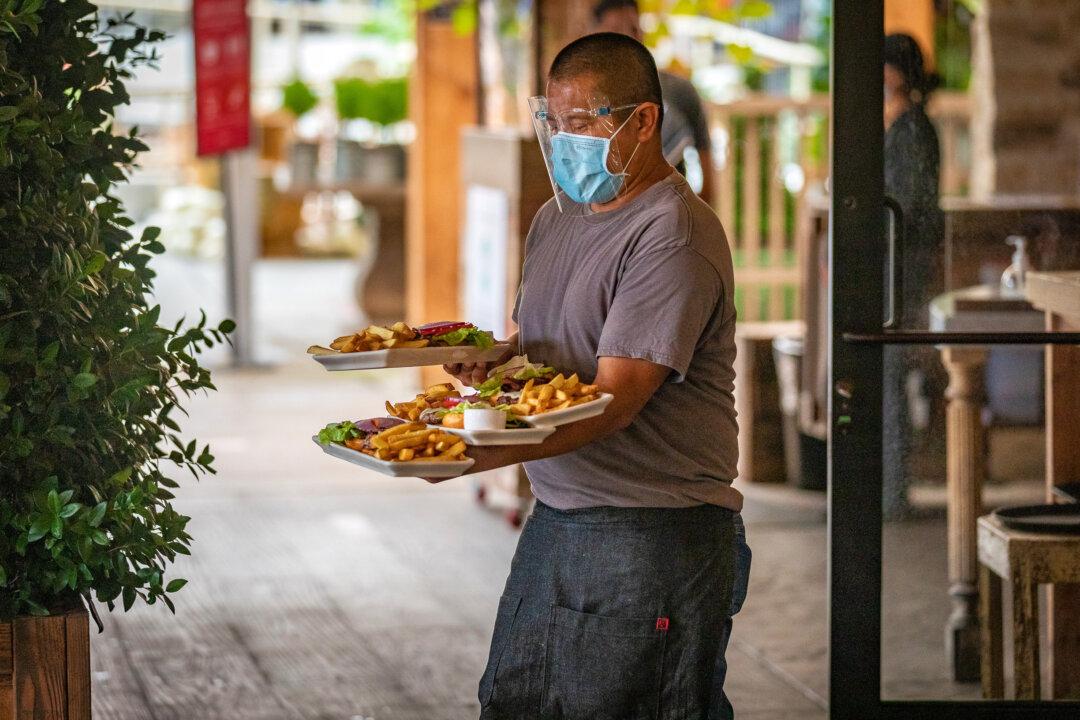California’s individual counties should have more autonomy in responding to the ongoing COVID-19 pandemic, says a small business advocate.
“There’s a better way to do this,” John Kabateck, state director of the National Federation of Independent Business (NFIB), told The Epoch Times. “The swift closure of businesses in all parts of the state is irrational, devastating, and unnecessary.”




